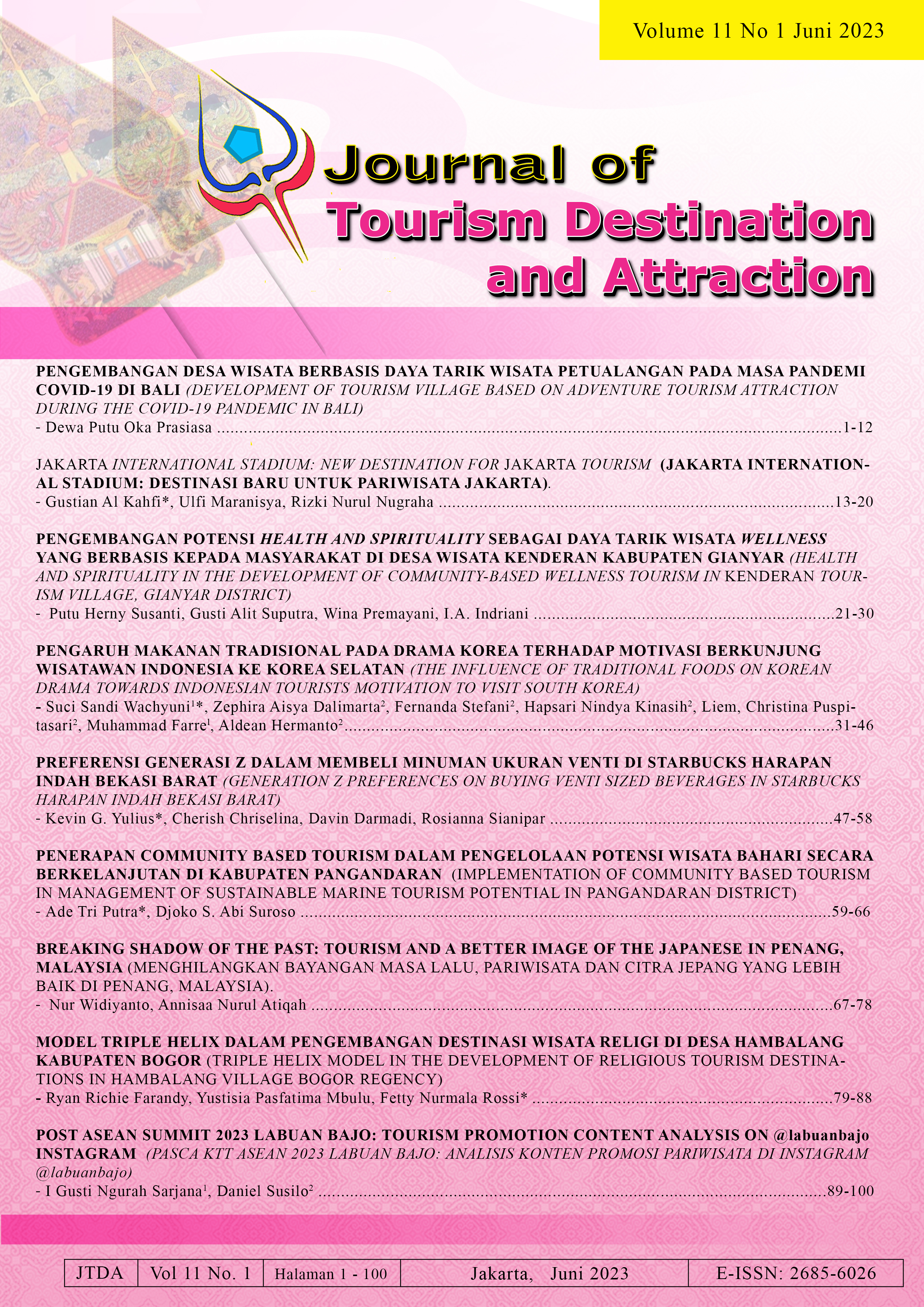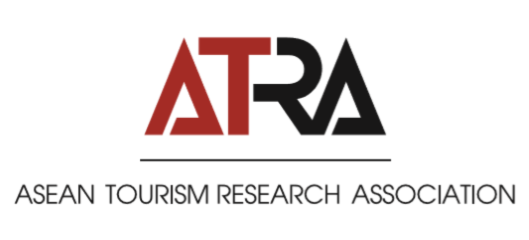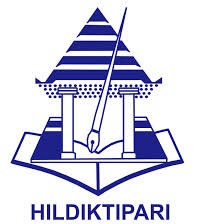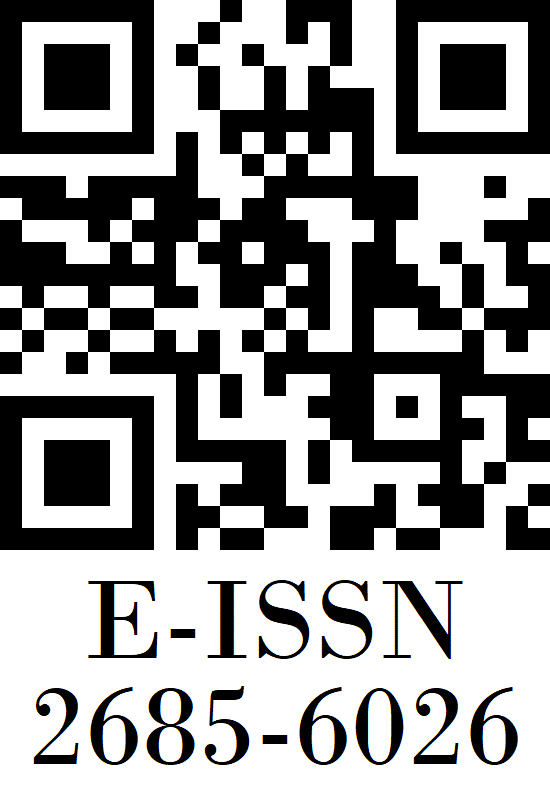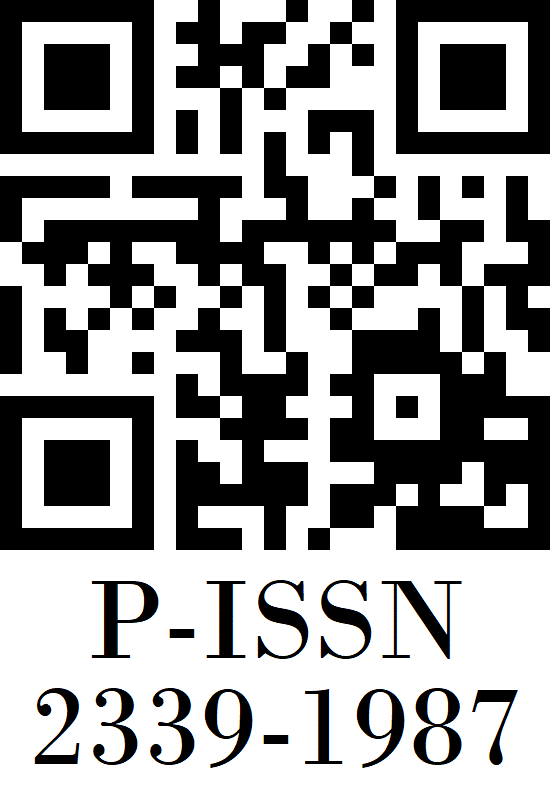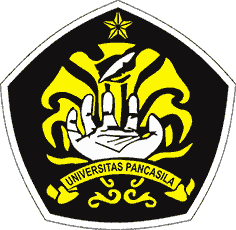MODEL TRIPLE HELIX DALAM PENGEMBANGAN DESTINASI WISATA RELIGI DI DESA HAMBALANG KABUPATEN BOGOR
DOI:
https://doi.org/10.35814/tourism.v11i1.4906Keywords:
Tourism Destinations, Religious Tourism, 3A Tourism Component, Triple Helix ModelAbstract
This study aims to map the existing conditions of religious tourism destinations in Hambalang Village, Bogor Regency, analyze the development of religious tourism destinations in Hambalang Village, Bogor Regency, and implement the Triple Helix Model in developing religious tourism destinations in Hambalang Village, Bogor Regency. This study uses an exploratory descriptive method with a qualitative approach and uses qualitative data analysis. This research data collection method was obtained through observation, interviews with 3 stakeholders (government, academics, and the private sector), as well as Focus Group Discussion activities. Based on the results of the study, it showed that religious tourism destinations in Hambalang Village had fulfilled the 3A tourism component, but there were still deficiencies in the accessibility and amenity components of religious tourism destinations in Hambalang Village. The results of the analysis of destination development show that religious tourism destinations in Hambalang Village have strengths and opportunities, but also weaknesses and threats. Weaknesses include the potential for religious tourism destinations that have not been managed optimally, management that is still personal, tourism support facilities are not complete, local community knowledge is limited about religious tourism, and the difficulty of accessibility to one of the religious tourism destinations. Meanwhile, threats include the possibility of environmental pollution and the possibility of reduced public attention to preserving religious tourism destinations. Then the results of the analysis of the tourism 3A component and the analysis of destination development can implement the Triple Helix Model in the development of religious tourism destinations in Hambalang Village.
References
Jahid, J. 2019. Destinasi Wisata: Butuh Sinergi dan Peran Penta Helix.
Mcintrye, G. 1993. A Tourism and The Environment Publication. World Tourism Organization: Madrid.
Middleton, V., Clarke, K. 2001. Marketing in Travel and Tourism: 3rd Ed. Butterworth-Heinermann: Oxford.
Moleong, L. 2006. Metodologi Penelitian Kualitatif (Edisi Revisi). Remaja Rosda Karya. Bandung.
Nurdin. 2016. Analisis Potensi Wisata Kampung Sayur Organik Ngemplak Sutam Mojosongo Berdasarkan Komponen 6A. Jurnal Pariwisata dan Budaya. 2:35-40.
Umar, H. 2011. Metode Penelitian Untuk Skripsi dan Tesis Bisnis. Rajawali Pers. Jakarta.
Viale, R., Ghiglione, B., Rosselli, F. 1998. The Triple Helix Model: a Tool For The Study of European Regional Socio-Eco

